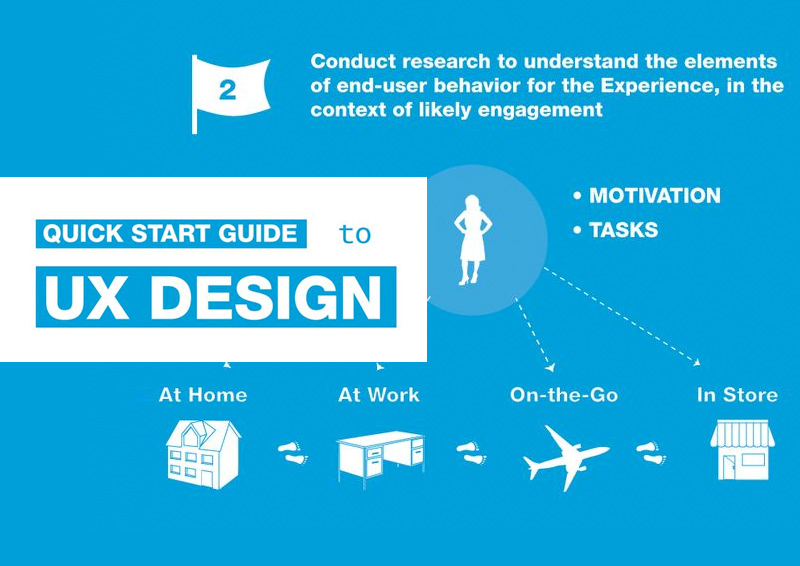The Growth Of Site Layout: From Earlier Times To Currently
The Growth Of Site Layout: From Earlier Times To Currently
Blog Article
Write-Up Developed By-Tobiasen Trolle
In the past, web sites were straightforward and focused on information. Navigation was direct, and style was for desktops. Currently, individual experience is essential. Information guides designs for very easy navigating. Receptive formats fit different tools. Today, dark mode decreases strain, and minimal food selections improve navigation. Interactive functions involve individuals, and bold visuals stand apart. click the up coming website improves involvement. See how design has developed to improve your online journey.
Very Early Days of Website Design
In the early days of web design, simpleness reigned supreme. Internet sites were basic, with limited shades, typefaces, and formats. The emphasis got on supplying information rather than fancy visuals. Individuals accessed the net with slow-moving dial-up connections, so rate and functionality were key.
Navigating food selections were straightforward, typically located at the top or side of the web page. Internet sites were designed for desktop computers, as mobile surfing had not been yet widespread. Material was king, and developers focused on easy readability over complicated design components.
HTML was the main coding language utilized, and designers needed to work within its restrictions. Computer animations and interactive features were very little compared to today's standards. Internet sites were fixed, with little vibrant content or customized user experiences.
Rise of User-Focused Design
With the evolution of site design, a change towards user-focused layout principles has actually ended up being increasingly popular. Today, creating web sites that focus on individual experience is critical for involving visitors and attaining company goals. User-focused layout entails understanding the demands, choices, and actions of your target market to tailor the site's design, content, and features appropriately.
Developers now carry out comprehensive research study, such as user studies and use testing, to gather insights and comments directly from individuals. This data-driven technique helps in producing user-friendly navigation, clear calls-to-action, and aesthetically appealing user interfaces that reverberate with visitors. By putting the customer at the center of the design process, sites can supply a more individualized and satisfying experience.
Receptive design has actually likewise become an essential element of user-focused layout, guaranteeing that internet sites are maximized for various gadgets and screen sizes. This flexibility enhances accessibility and functionality, satisfying the varied ways users interact with internet sites today. Fundamentally, the rise of user-focused design signifies a change in the direction of developing digital experiences that focus on the needs and assumptions of the end user.
Modern Trends in Web Design
Check out the current fads shaping web design today. One prominent trend is dark setting design, providing a streamlined and modern-day appearance while decreasing eye stress in low-light settings. An additional vital fad is minimalist navigation, simplifying food selections and boosting individual experience by focusing on essential elements. Integrating micro-interactions, such as animated switches or scrolling impacts, can produce a more engaging and interactive site. Receptive design stays essential, making certain smooth user experiences across numerous gadgets. In addition, using vibrant typography and asymmetrical layouts can include visual rate of interest and accentuate particular web content.
Incorporating AI modern technology, like chatbots for consumer assistance or individualized suggestions, enhances customer interaction and improves procedures. Availability has additionally become a substantial fad, with designers focusing on inclusive style practices to cater to diverse customer requirements. Accepting sustainability by enhancing internet site performance for rate and efficiency is another arising trend in website design. Teaming up with customer comments and data analytics to repeat and enhance layout continually is essential for remaining pertinent in the ever-evolving electronic landscape. By accepting these modern patterns, you can produce an aesthetically enticing, straightforward web site that reverberates with your audience.
Conclusion
As you reflect on the evolution of site layout from the very early days to currently, you can see how user-focused design has actually become the driving pressure behind modern-day fads.
Accept the trip of adjustment and adaptation in website design, constantly maintaining the customer experience at the forefront.
Tippingpointdigital
Keep current with the most up to date trends and innovations, and never stop developing your technique to produce aesthetically sensational and easy to use web sites.
Develop, adapt, and produce - the future of web design remains in your hands.
